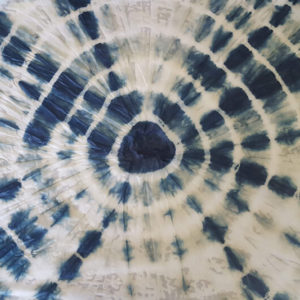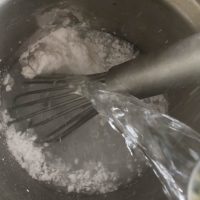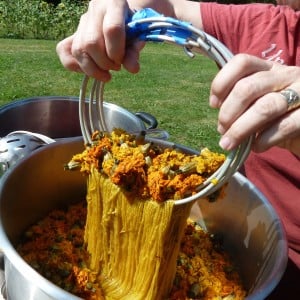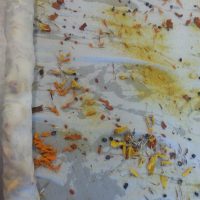
We are teaming up with the Woods Hole Film Festival on Cape Cod to support their Science & Film Initiative and donating $5 for every madder extract order. This summer, the festival will formally launch the Woods Hole Film Festival Film and Science Initiative. The goal of the initiative is to provide opportunities to connect filmmakers and scientists to help them create films and other visual media that improve the public’s understanding of ocean science.
To see a current short film they’ve created on coral, go here and enter password nlp123.










